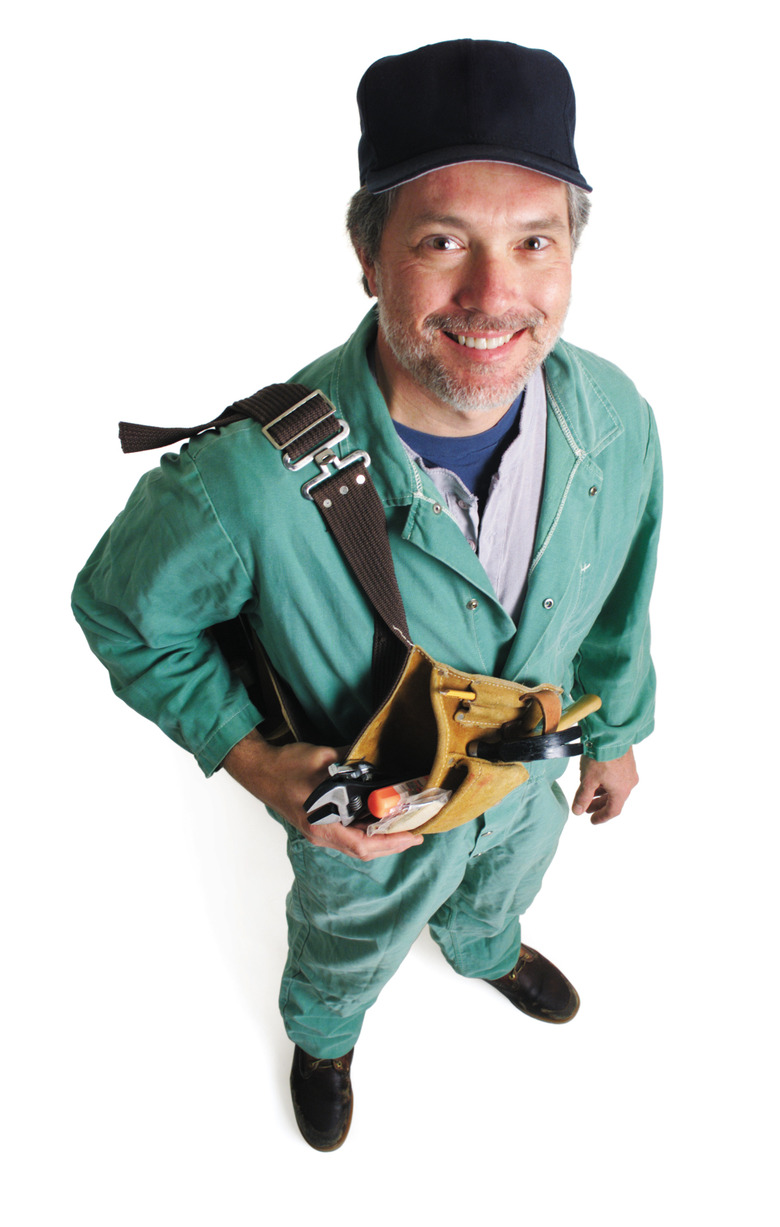How To Troubleshoot A Weil McLain Boiler
Tip
Consult your owner's manual for the location of valves and other parts.
Weil McLain sells a variety of boilers for residential use. Both their gas- and oil-fired boilers are designed to be easy to use and provide consistent heat for years to come. To extend the life of your Weil McLain boiler, read its owner's manual thoroughly and abide by proper operating procedure. If you encounter a hiccup in your Weil McLain boiler despite proper usage, Weil McLain provides a list of troubleshooting techniques to solve common problems. If these troubleshooting techniques do not solve your problem, or the problem is not listed here, contact a qualified Weil McLain technician to handle the problem for you.
Troubleshoot Water Problems
Step 1
Check for leaks if you add make-up water more frequently than usual. Call a repair technician as soon as possible if you find leaks in the boiler or piping. The frequent addition of make-up water causes mineral deposit buildup, which leads to boiler failure. If you have been adding make-up water frequently, have the technician check for mineral deposit and assess the pH level of the water in the boiler.
Step 2
Listen for a popping or bubbling noise inside the boiler. This is a sign of insufficient water flow. Check all of the boiler's valves. Check your owner manual for their exact locations. Tighten any loose valves.
Step 3
Monitor the release of water through the boiler's relief valve. If the water releases more frequently than usual, call a service technician. Have the technician check the expansion tank and the water limit control switch to make sure that they are operating correctly.
Step 4
Report black water to your service technician at once. Have the technician check for leaks in the boiler and pipes and measure the pH of the water.
Boiler Turns On and Off Frequently
Step 1
Move the thermostat to a spot where it is away from drafts or heat from a nearby vent, register or outer door.
Step 2
Check the boiler's thermostat. Make sure that the temperature is set low so that the boiler only comes on when you need it. If the boiler continues to shut on and off, contact a service technician to investigate the problem.
Step 3
Increase the boiler's water temperature limit. Keep increasing the heat setting by 20 degree increments until the boiler stops cycling on and off.
Step 4
Check all of the boiler's valves. Check your owner manual for their exact locations. Tighten any loose valves.
Low Heat Levels or a Noisy Boiler
Step 1
Bleed air through the boiler's vents to reduce the pressure in the boiler.
Step 2
Increase the boiler's water temperature limit. Keep increasing the heat setting by 20 degree increments until the noise stops or the boiler heats properly again.
Step 3
Check for leaks in the boiler or the pipes connected to the boiler. If you find a leak, call the service repairman.
Call a Service Repairman Immediately
Step 1
Report any metal flakes you find in the boiler's vent outlet or vent starter tee.
Step 2
Assess your system circulator. The system circulator pumps water through the boiler's piping. Your circulator may be too small or damaged to pump sufficiently. Signs of an inadequate system circulator are a popping or bubbling noise, or frequent switching on and off.
Step 3
Leave the house if you smell gas. Do not light any appliances, turn on an electrical switch or use any appliances including the telephone. Call the gas supplier from outside your home and tell them that you smell gas. If you cannot contact your gas supplier, call the fire department.
